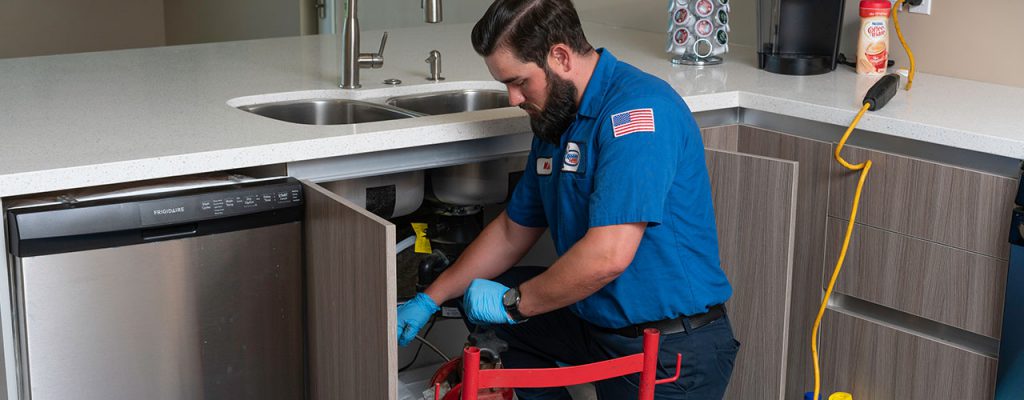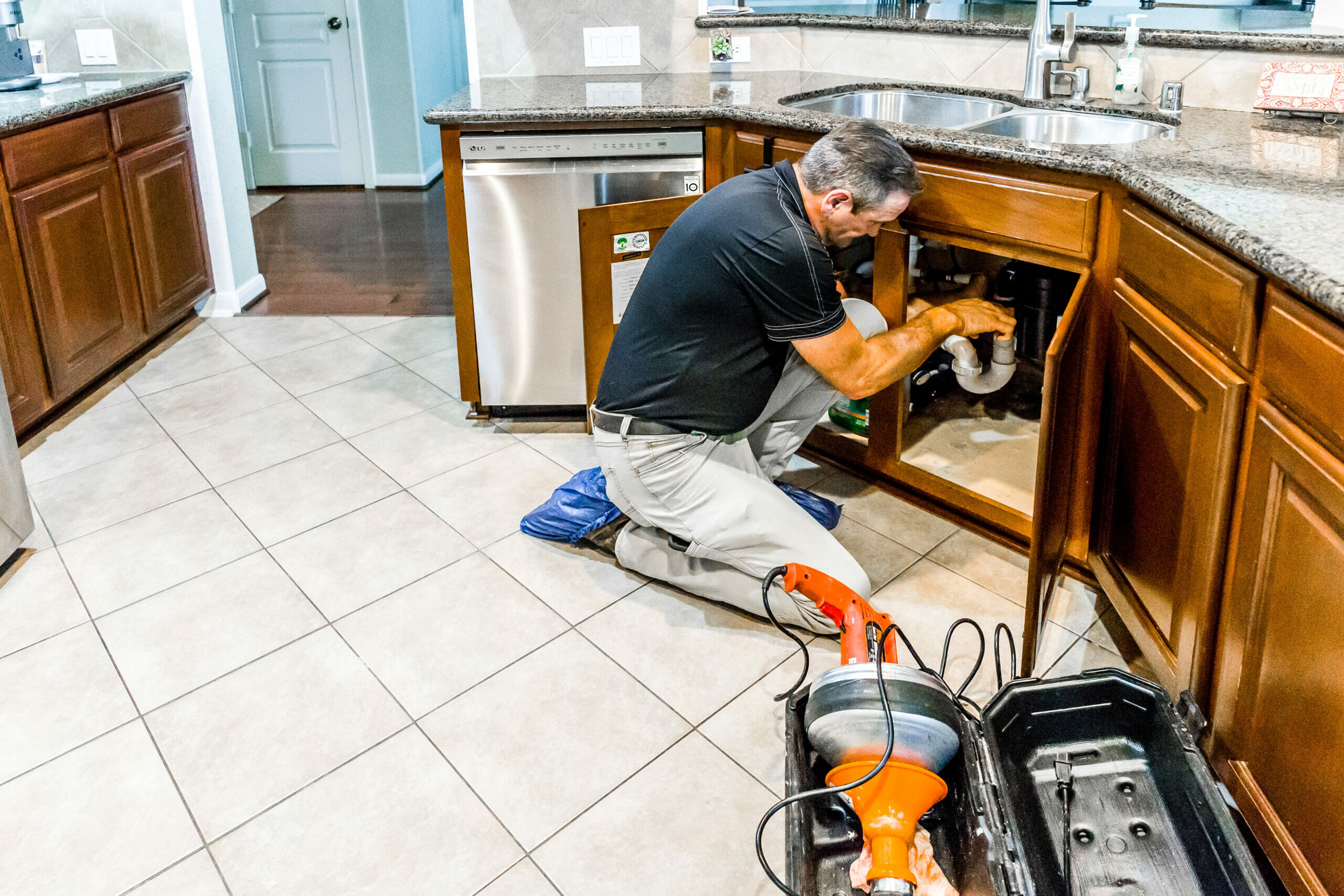Key Tips for Dealing with Plumbing in Older Homes
Key Tips for Dealing with Plumbing in Older Homes
Blog Article
The author is making several good pointers related to Common Plumbing Problems in Older Homes overall in this post directly below.

Older homes usually come with appeal, character, and background, however they can additionally bring a host of pipes problems. Whether you're dealing with maturing pipelines, low tide stress, or leakages, understanding how to address these usual problems is critical to maintaining a risk-free and useful home. In this overview, we'll discover the typical pipes obstacles encountered by older homes and supply practical options to maintain your plumbing in leading shape.
Recognizing Common Pipes Concerns
Aging Pipes
Among one of the most typical issues in older homes is aging pipelines. Depending on the age in which your home was constructed, the pipelines might be made from materials that have weakened with time, such as galvanized steel, cast iron, or even lead. These materials can rust, come to be brittle, or establish leakages, bring about water damage and possible health hazards.
Low Tide Stress
If you're experiencing low tide pressure, it could be because of mineral deposits, rust inside the pipelines, or old components that are no longer functioning effectively. This can be a significant hassle, particularly in locations like showers and sinks.
Dripping Pipelines
Leaks are an additional frequent concern in older homes, often caused by corroded or damaged pipelines. Also small leakages can cause substantial water damages, mold and mildew development, and increased water bills if not attended to without delay.
Obsolete Components
Out-of-date pipes components such as faucets, commodes, and showerheads not only look old but may also be less effective, susceptible to leaks, or incompatible with modern plumbing standards.
Pipe Rust
Corrosion is a common problem in older pipes, particularly those made from galvanized steel or actors iron. Corroded pipes can limit water circulation, trigger staining, and ultimately result in leaks or pipe bursts.
Assessing the Problem of Your Pipes
Checking Visible Pipelines
Begin by examining any noticeable pipelines in your house, such as those in basements, crawl spaces, or under sinks. Search for indications of corrosion, leakages, or corrosion, which can suggest underlying issues.
Looking for Leakages
Look for leaks by inspecting locations around taps, bathrooms, and under sinks. You can also check your water meter prior to and after a duration of no water use to spot hidden leakages.
Water High Quality Screening
Older pipelines can influence the high quality of your water. Conduct a water top quality test to look for pollutants such as lead, corrosion, or other contaminations that may be presented by maturing pipelines.
Solutions for Usual Plumbing Problems
Replacing Aging Pipelines
If your home has old, deteriorating pipelines, consider replacing them with contemporary materials like copper or PEX. This can be a significant investment, but it will certainly protect against future concerns and boost the safety and security and integrity of your pipes system.
Repairing Low Water Pressure
To repair low tide stress, start by cleansing or replacing old components and removing mineral build-up in the pipes. If the problem lingers, it may be necessary to replace areas of corroded pipelines.
Repairing and Replacing Dripping Pipes
For tiny leaks, you can make use of pipe clamps or epoxy putty as a short-lived solution. Nevertheless, it's best to change dripping pipes totally to avoid further damages.
Updating Fixtures
Updating old components to modern, water-efficient designs can improve your home's pipes efficiency and reduce water usage. Seek fixtures with the WaterSense label for the very best efficiency.
Taking Care Of Pipeline Corrosion
If your pipelines are worn away, replacing them with corrosion-resistant products like copper, PVC, or PEX is the most effective service. Routine examinations and water quality maintenance can assist prevent even more rust.
When to Call a Specialist
While some plumbing issues can be managed with do it yourself remedies, there are times when it's best to employ a specialist. If you're dealing with major leaks, substantial deterioration, or are unsure about the condition of your pipelines, a qualified plumber can offer professional assessment and repair service.
Preventive Maintenance Tips
Routine Assessments
Consistently evaluate your pipes system for indications of deterioration. Capturing problems early can stop expensive repair services down the line.
Water Stress Regulation
Guarantee your water stress is within the advised array to stay clear of emphasizing your pipes and components. A plumbing professional can mount a stress regulatory authority if required.
Water High Quality Maintenance
Set up water filters or softeners if your water quality is poor. This can protect your pipes and components from damages triggered by difficult water or pollutants.
Positive Pipe Substitute
If your home has older pipes, consider positive replacement prior to significant problems occur. This can save you from emergency situation repair services and water damages.
Final thought
Handling pipes concerns in older homes needs a mix of vigilance, preventive upkeep, and prompt upgrades. By understanding the usual obstacles and knowing when to look for specialist assistance, you can ensure your pipes system stays functional and dependable for several years to find.
7 Common Plumbing Issues in Older Homes
Read More Plumbing Articles
Whether you're mulling over purchasing your dream period property, or you already own one, being aware of common plumbing problems in old homes can help you avoid expensive mishaps.
Many plumbing problems in old homes are similar to those faced in newer properties, but some are more prevalent in houses over a certain age. If you've recently bought an old house or haven't had your aging plumbing system inspected in a while, it's worth keeping an eye out for the following issues:
Bad Pipe Materials
Depending on the age of your home, the pipe materials used in your plumbing system may not comply with modern building codes and could be unsafe.
Lead pipes are the most dangerous type of old plumbing pipes. This metal was once used extensively for manufacturing water pipes because it's easy to shape and has a long lifespan. Plumbers also used it to solder joints between pipes made from other materials. However, lead can cause serious health problems, particularly in children. Drinking water from pipes containing lead can lead to lead poisoning symptoms, such as stomach pain and fatigue, so it's essential to replace them if you discover them in your home.
Outdated Fixtures
Even if the previous owners installed high-quality fixtures, these won't be immune to the effects of age and wear and tear. Over time, fixtures can corrode and wear down, increasing the likelihood of leaks and clogs.
Sometimes, an outdated fixture can be a minor irritation that makes using your plumbing system less convenient. However, it's best to maintain older plumbing components carefully and replace them when they show signs of failure to avoid a major leak and water damage.
Corroded or Leaking Pipes
Corroded pipes are a common plumbing issue in old homes. Corrosive substances in the water supply can gradually break down the metal used to make the pipes, eventually causing leaks. Corrosion can also cause sediment to build up, increasing the chances of a clogged pipe. All these issues take time to develop, making them more likely in old house plumbing.
Drain Problems
Older home drainage systems were often installed before the arrival of appliances such as garbage disposals, so they're frequently incapable of handling modern household usage. The result could be frequent clogs or water backing up into sinks and other fixtures.
A failing sewer line is the most serious drainage issue commonly encountered in old houses. This problem is more likely if you've remodeled your home to add more fixtures, placing more pressure on a sewer line not designed for the purpose. Eventually, the line can become clogged, causing unpleasant indoor smells, poor drainage and contaminated wastewater backing up into your fixtures.
Pipe Bellies
Pipe bellies develop when pipes buried in your home's foundation start sagging as the building settles. They create downward slopes, affecting water drainage and increasing the risk of significant blockages. You don't need to worry about pipe bellies in a pressurized main line, as the water pressure prevents the pipes from clogging, but they can cause issues in drain lines.
Root Intrusion
Root intrusion occurs when trees and other shrubs grow roots too close to your sewer line or water service line. Sometimes, the roots penetrate the pipe walls, leading to leaks and soft or wet areas in your yard.
Unfortunately, root intrusion is a more common plumbing problem in old homes. That's because older houses are more likely to have pipe bellies allowing standing water to accumulate, attracting roots to the moist conditions.
https://www.elocal.com/resources/home-improvement/plumbing/faq/plumbing-issues-in-older-homes/

We hope you enjoyed reading our excerpt on Main Plumbing Issues Found in Old Houses. Thanks a lot for finding the time to browse our content. Are you aware of another individual who is in the market for the topic? Take a moment to promote it. I cherish reading our article about Main Plumbing Issues Found in Old Houses.
Check This Out Report this page